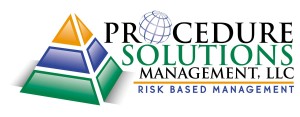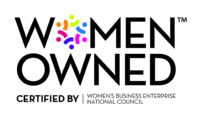How much does it cost to format a document?
Today, more than ever, companies are looking for ways to reduce Operating and Maintenance (O&M) costs. Although it is often overlooked, the labor associated with creating and updating documents can be significant and expensive. Equipment modifications, changes in technology, and ever-expanding regulatory requirements are just a few of the driving mechanisms that can require significant changes to documents and drive up costs. That much is understandable, but, what if I told you that a significant portion of those labor hours are being devoted to formatting. Thats right, the time spent formatting documents is probably increasing your labor costs. Let me explain…
As a Supervisor for a commercial Nuclear Power Plant procedure group, I oversaw a group of writers that were all seasoned within their disciplines (operators, maintenance, process experts, etc.) but there were varying levels of MS Word experience among them. In order to determine how much time writers were spending just to format documents within MS Word (manipulating headers, footers or auto-numbering schemes, adding emphasis, standard blocks of text, or special formatting, etc.) I performed a simple evaluation.
The evaluation method: Each employee recorded the number of hours dedicated just to format the text within their document. Pretty simple, I’m sure you would agree, but the result was surprising…
In short, document formatting is expensive! The two most significant findings were:
- On average, 30 to 50% of the total document development labor hours were dedicated just to formatting. These results ranged due to the varying levels of MS-Word proficiency among the writers and the “as-found” issues within the document that were created over its own life-cycle (previous revisions)
- Many content technical errors were attributed to the distraction of formatting.
There are roughly 2,087 hours is a standard labor year. Formatting doesn’t need to account for half or even 1/3rd or your writer’s time.
In an effort to help companies reduce the labor costs associated with document formatting Procedure Solutions Management will provide a monthly “How-To Format” series through our blog to help reduce the cost and improve the quality of formatting within documents. The focus application will be MS Word (in our experience this is the most common or consistent platform used by many corporations.) The series will address common challenges associated with formatting, i.e. auto-numbering, headers, footers, adding graphs, tables, photos, etc.
Please subscribe and share to learn how you or your team can increase efficiency, improve document quality, and lower your document development costs.








